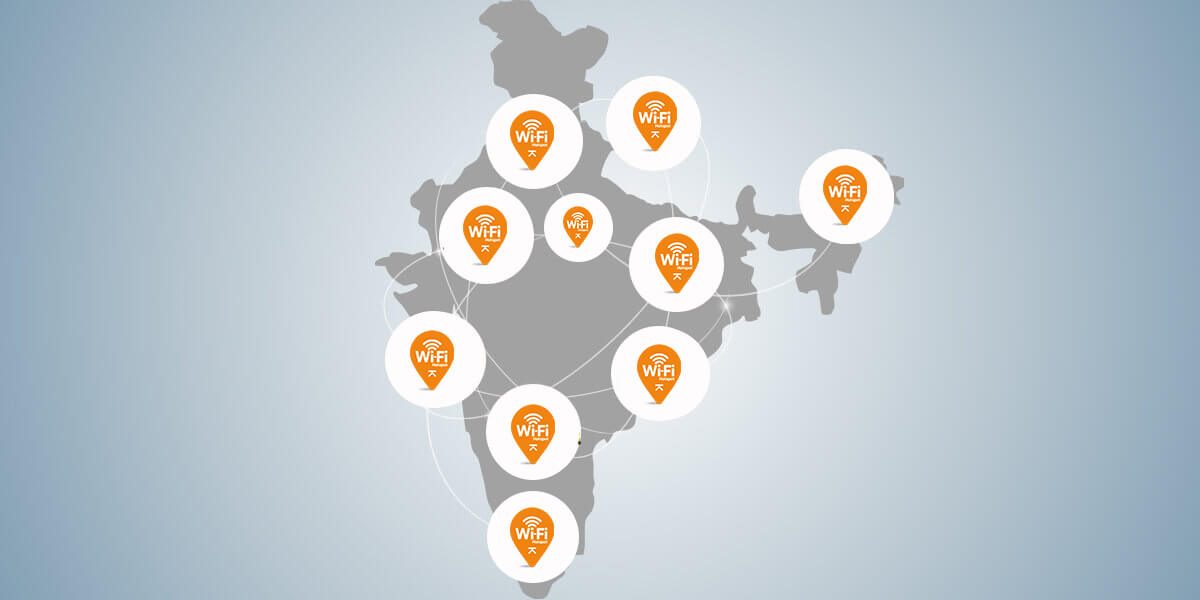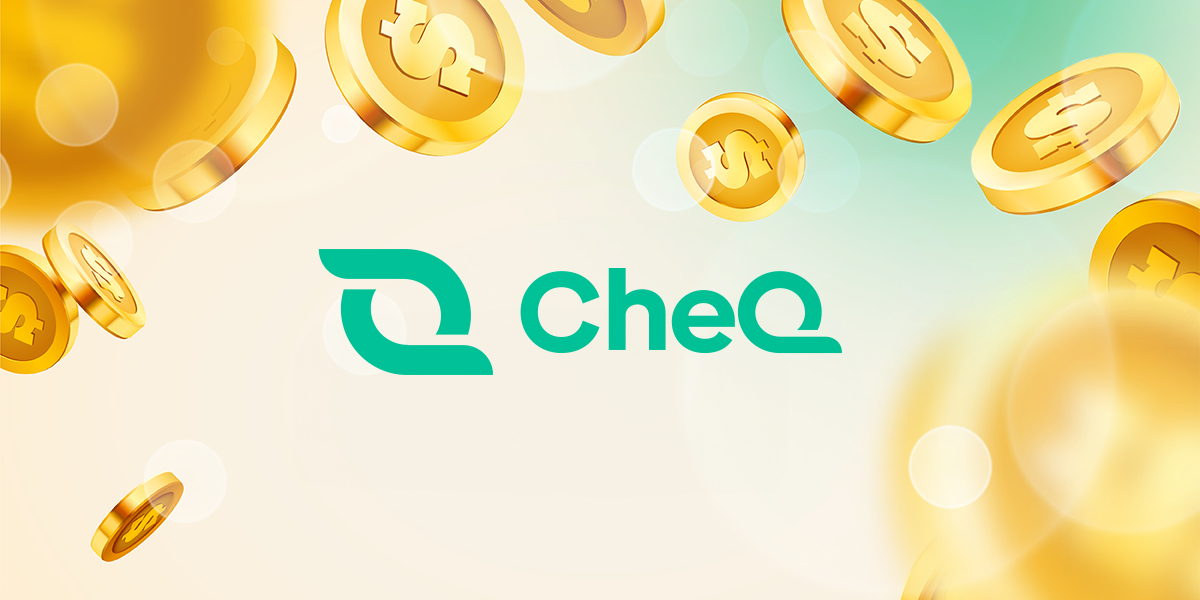The government today launched the second phase of its flagship rural connectivity project, BharatNet to digitally connect rural and remote areas in the country by March 2019.
It has proposed a subsidy of Rs 3,600 crore to private telcos such as Bharti Airtel, Vodafone India, Idea Cellular and Reliance Jio through viability gap funding, for setting up Wi-Fi in rural areas. Under second phase 1,50,000 gram panchayats would be connected with optic fibre cable (OFC).
The Department of Telecommunications (DoT) is also in the process of partnering with state governments of Maharashtra, Gujarat, Chhattisgarh, Andhra Pradesh, Telangana, Tamil Nadu and Jharkhand.
The phase 1 of Bharat Net is expected to be completed by the end of 2017, which will enable fibre connectivity to 1 lakh gram panchayats at an investment of ₹11,200 crore. Whereas Phase 2 intends to double the fibre connectivity to 20 lakh km by March 2019 under.
Minister of State (Independent Charge) of the Ministry of Communications, Manoj Sinha also urged citizens to use Bharat Net as a fundamental transport layer and use it to its fullest potential by designing programs around it.
BharatNet will help the States provide digital access to all its citizens including the most deprived, underprivileged, economically weaker, marginalised sections of the society, especially those in the rural areas and bridge the digital divide.
— Manoj Sinha (@manojsinhabjp) November 13, 2017
Speaking about the project, Telecom Secretary Aruna Sundararajan said that Phase 2 of BharatNet will connect 1.5 lakh gram panchayats with high-speed broadband by March 2019. Phase 1 of the project, under which 1 lakh GPs were to be connected, will be completed by the end of this year. We expect telecom operators to provide at least 2 megabit per second speed to rural households.
At present, India has 38,000 WiFi hotspots. Under BharatNet phase 2, around 6-7 lakh WiFi hotspots will be added to 2-5 hotspots in each panchayat. Some of the WiFi hotspots may not be commercially viable initially.
Under BharatNet phase 1, the government has set up 15,000 WiFi hotspots, of which around 11,000 are in rural areas and the rest in semi-rural. After the completion of phase 2 by 2020, the hotspots would cover 100 million people, the secretary added.
As on 05.11.2017, Optical Fibre Cable (OFC) connectivity has been achieved in 1,03,275 GPs by laying fibre for 2,38,677 km. Due to several measures initiated to accelerate the end-to-end connectivity, GPON equipment has been installed in 85,506 GPs and 75,082 GPs are Services Ready.
The government has said that it is one of the priority areas of the Government to connect rural areas. In order to provide affordable broadband services in rural India, a new attractive and affordable tariff structure has been decided with the principle of more you use, less you pay. This tariff structure is expected to be reflected in the tariffs to be charged from the consumers by the service providers.
The charge per annum varies from Rs.700/- per Mbps for up to 10Mbps and Rs. 200/- per Mbps for 1 Gbps. However, for symmetrical bandwidth between block to GP, charges have been prescribed as Rs.1000/- per Mbps up to 10Mbps, and Rs.500/- per Mbps for 100 Mbps per annum. Tariff for any intermediate Bandwidth shall be calculated on pro-rata basis.













